
In 2022, every business must take precautions to protect against the serious threat of ransomware. In 2020 and 2021, we saw an increase in the number and severity of ransomware attacks, and 2022 promises to continue this fearsome trend. According to BlackFog, in 2021 there was a record total of 292 reported ransomware attacks. Of these, more than 80% involved
Read more
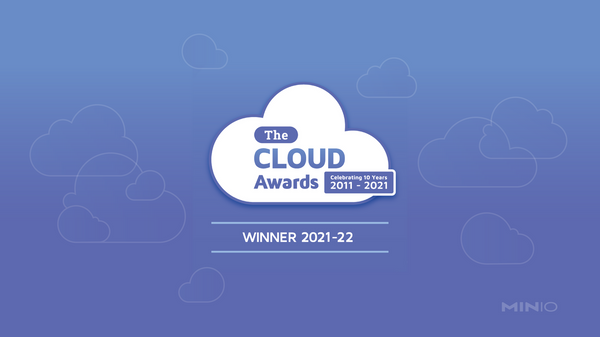
MinIO is on a little bit of a tear when it comes to awards. We took down the Datanami Reader’s Choice award, the Stratus Awards for both Software-Defined Object Storage Technology and Overall Global Cloud Leadership, and today, the international Cloud Computing Award for Best Hybrid Cloud Solution.
Celebrating its ten-year anniversary, The Cloud Awards identifies and celebrates innovation
Read more
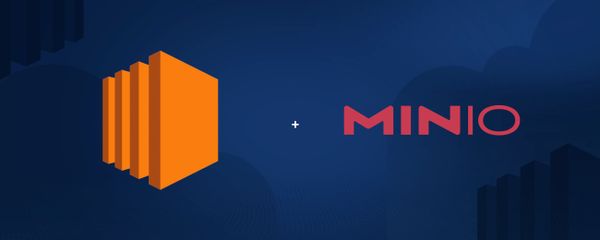
Learn how to install and customize the world's fastest object storage on the world's largest public cloud.
Read more
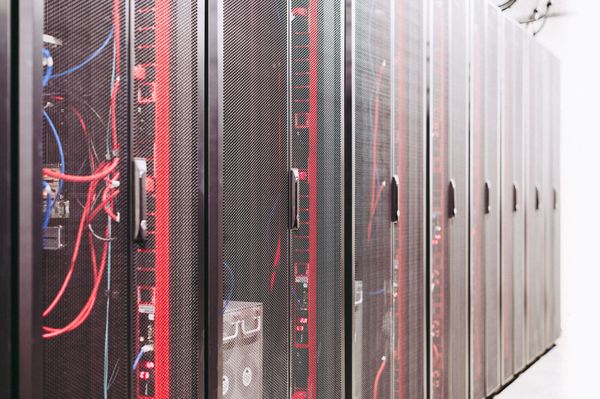
Decommissioning hardware is an important component of the storage lifecycle - and MinIO has you covered.
Read more
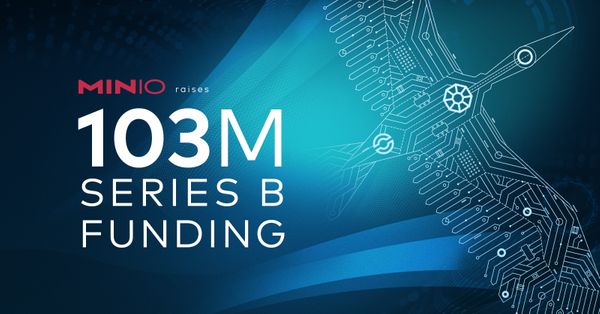
Today marks a new chapter in MinIO’s story. With our $103M Series B, MinIO’s valuation tops $1B and represents a concrete, meaningful validation of our strategy to build the world’s leading object store. We have achieved this with a remarkable group of around forty people. It is a textbook example of how a small, disciplined, motivated and
Read more

As we share the news of our Series B and the milestone valuation that
accompanied it, I wanted to share some thoughts on our journey, our commercial
traction, what happens next, and why culture matters now more than ever (and how
you can be a part of it).
Our Journey
We have come a long way since we incorporated the
Read more

Lay the best foundation for cloud-native object storage and give developers and their apps the performance they need.
Read more

Bring multicloud strategy to life quickly and easily with MinIO in AWS Marketplace.
Read more
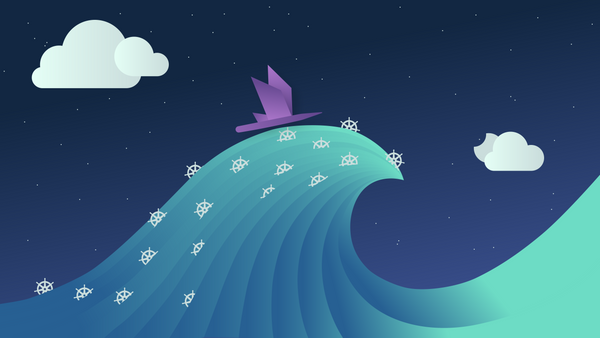
This post was updated on 1.12.22.
Object storage as a service is the hottest concept in storage today. The reason
is straightforward: object storage is the storage class of the cloud and the
ability to provision it seamlessly to applications or developers makes it
immensely valuable to enterprises of any size.
The challenge is that object storage as
Read more

Learn how to secure data in transit, data at-rest and establish role-based access control policies in the first of a series of blog posts about securing MinIO.
Read more

Using the MinIO managed application to enable workloads written for S3 to run on Azure.
Read more

Migrate data from HDFS to MinIO and enjoy the benefits of cloud-native architecture.
Read more

We were delighted to take home Datanami's Readers Choice award for Best Storage
Solution this year [https://www.datanami.com/2021-readers-choice-awards/10/].
This is the sixth year the award has been given and it has quickly grown into
one of the major prizes in storage recognition. As they say in English football
- "an award worth winning.
Read more

MinIO proves that anyone can be an object storage admin given the right GUI.
Read more

Don’t let unintended complexity destroy cloud-native efficiency.
Read more

With today’s announcement of Starburst’s support for MinIO, it made sense to revisit the architectural trends that are becoming the standard for analytics workloads. Starburst provides a perfect example as we shall see shortly.
The architecture follows the model of disaggregating storage and compute. Modern, high speed networks have obsoleted the old approaches espoused by the many defunct
Read more


























